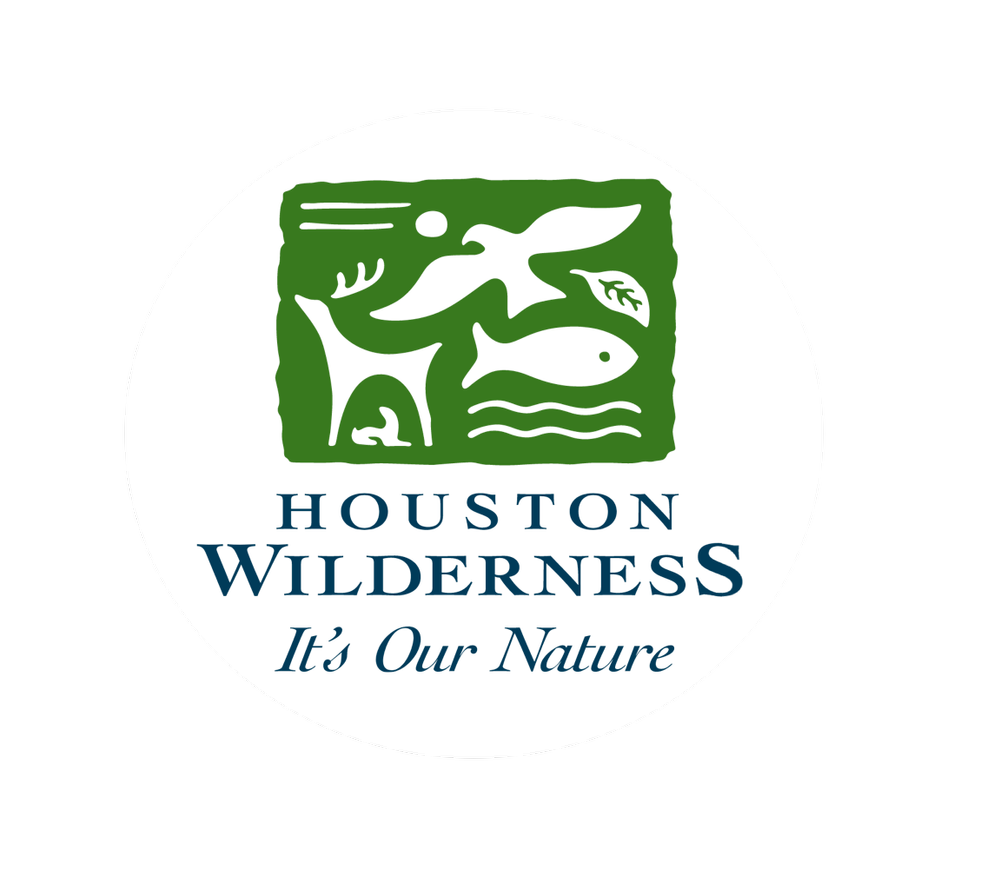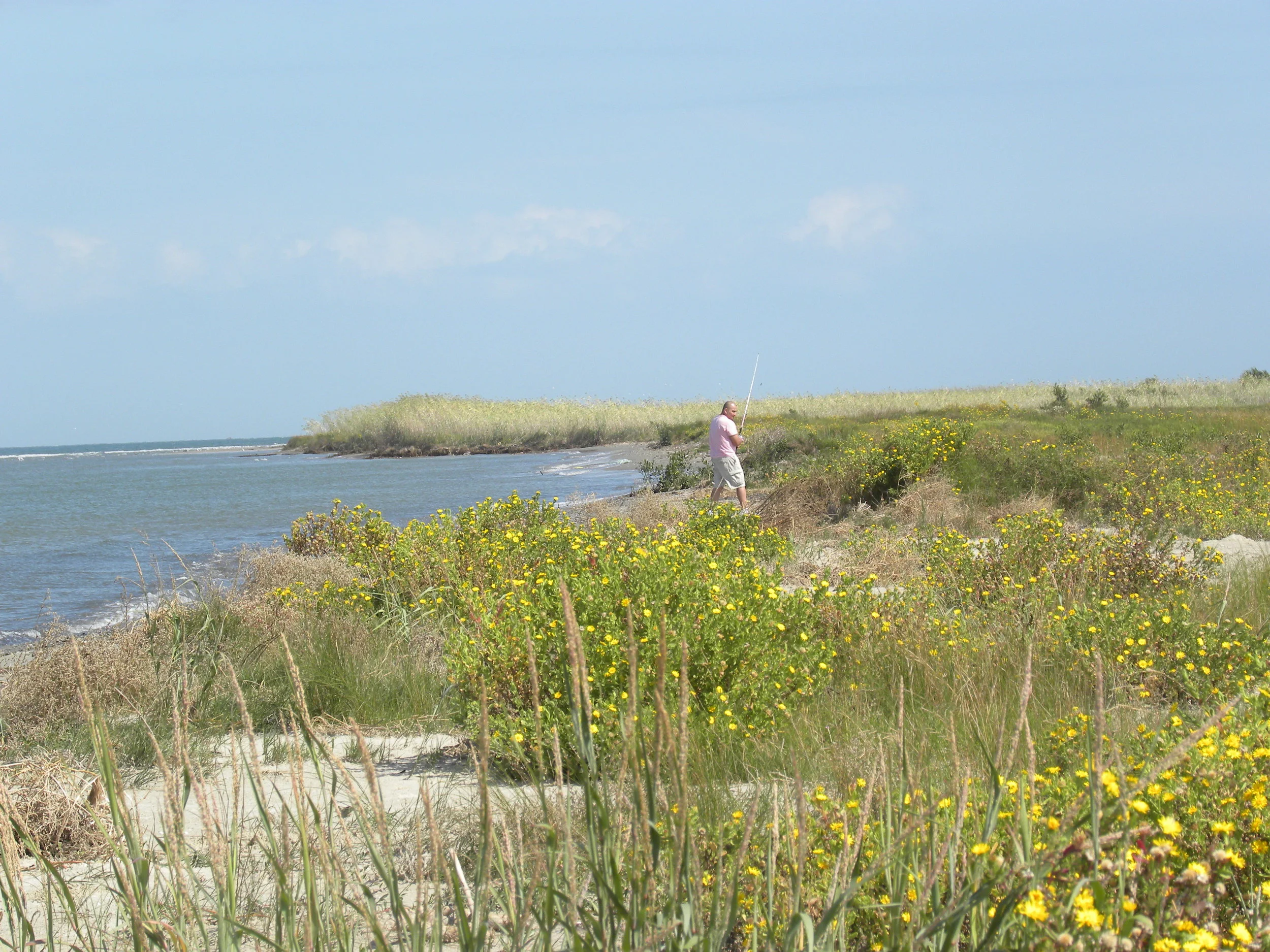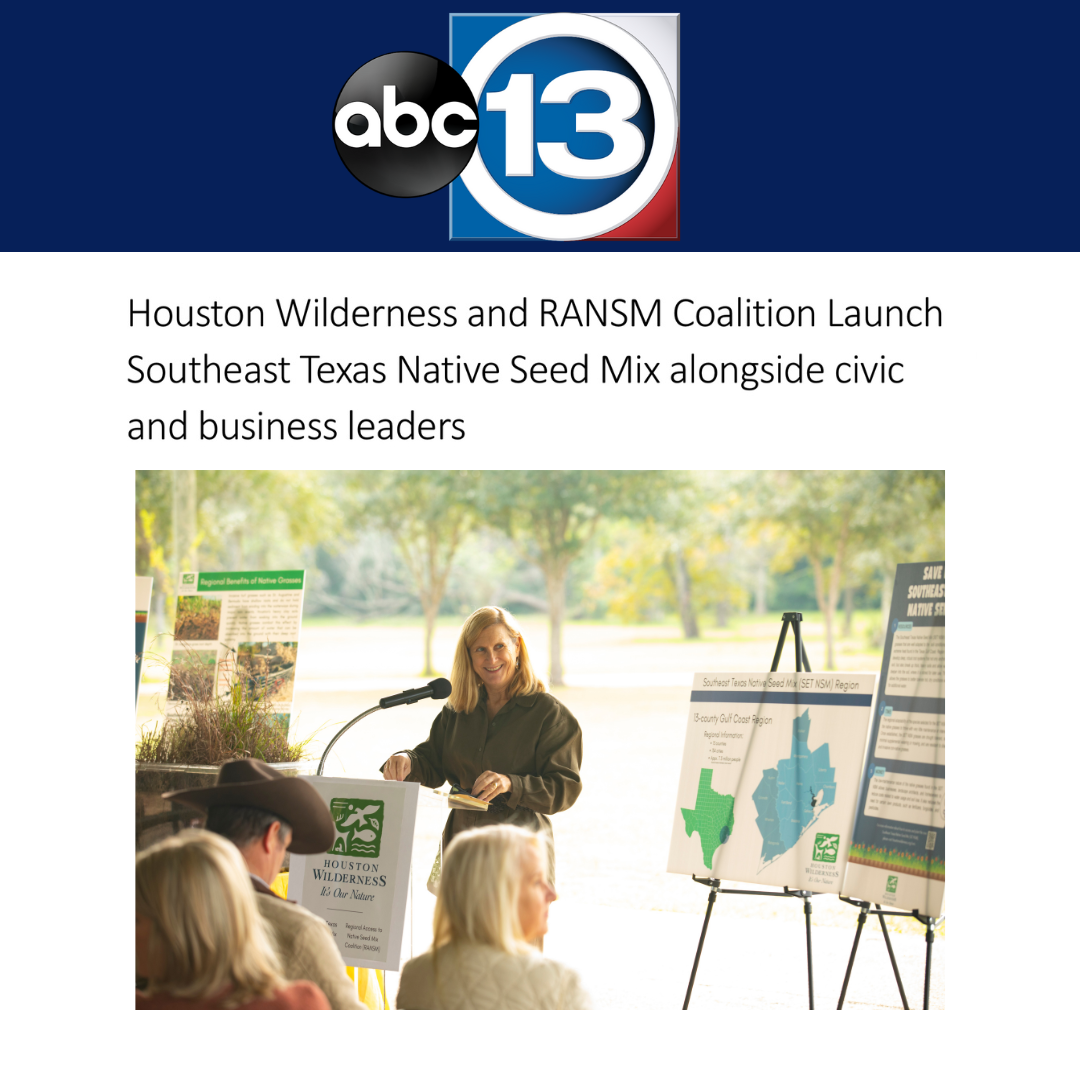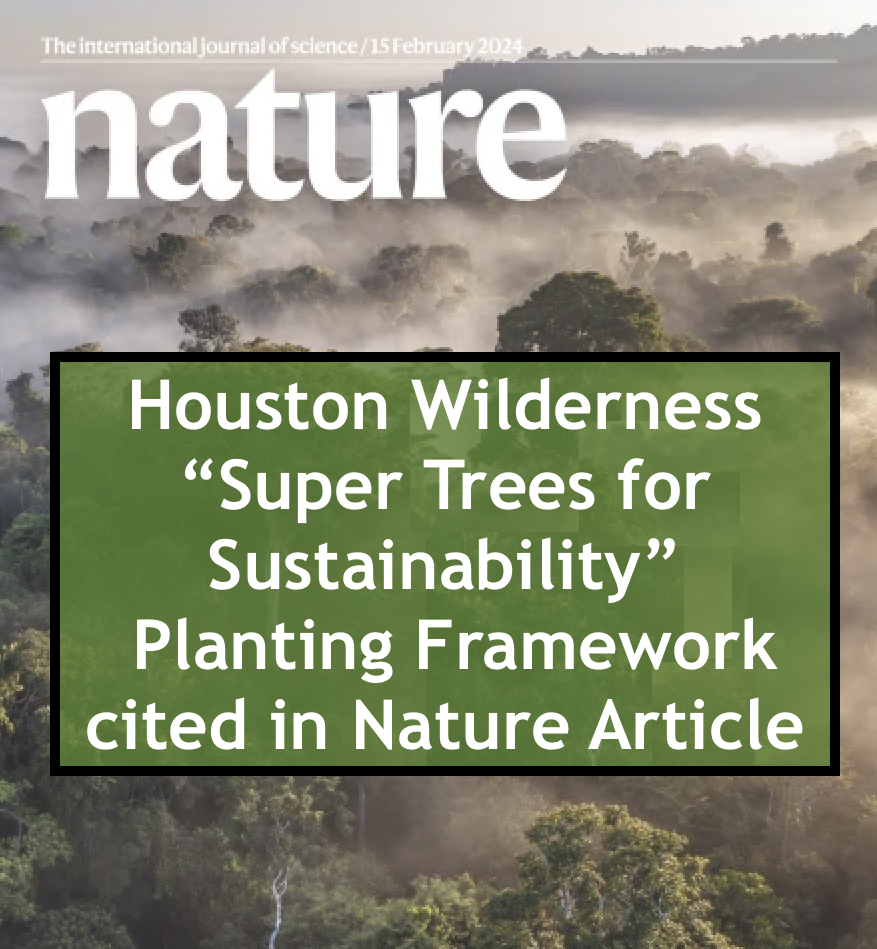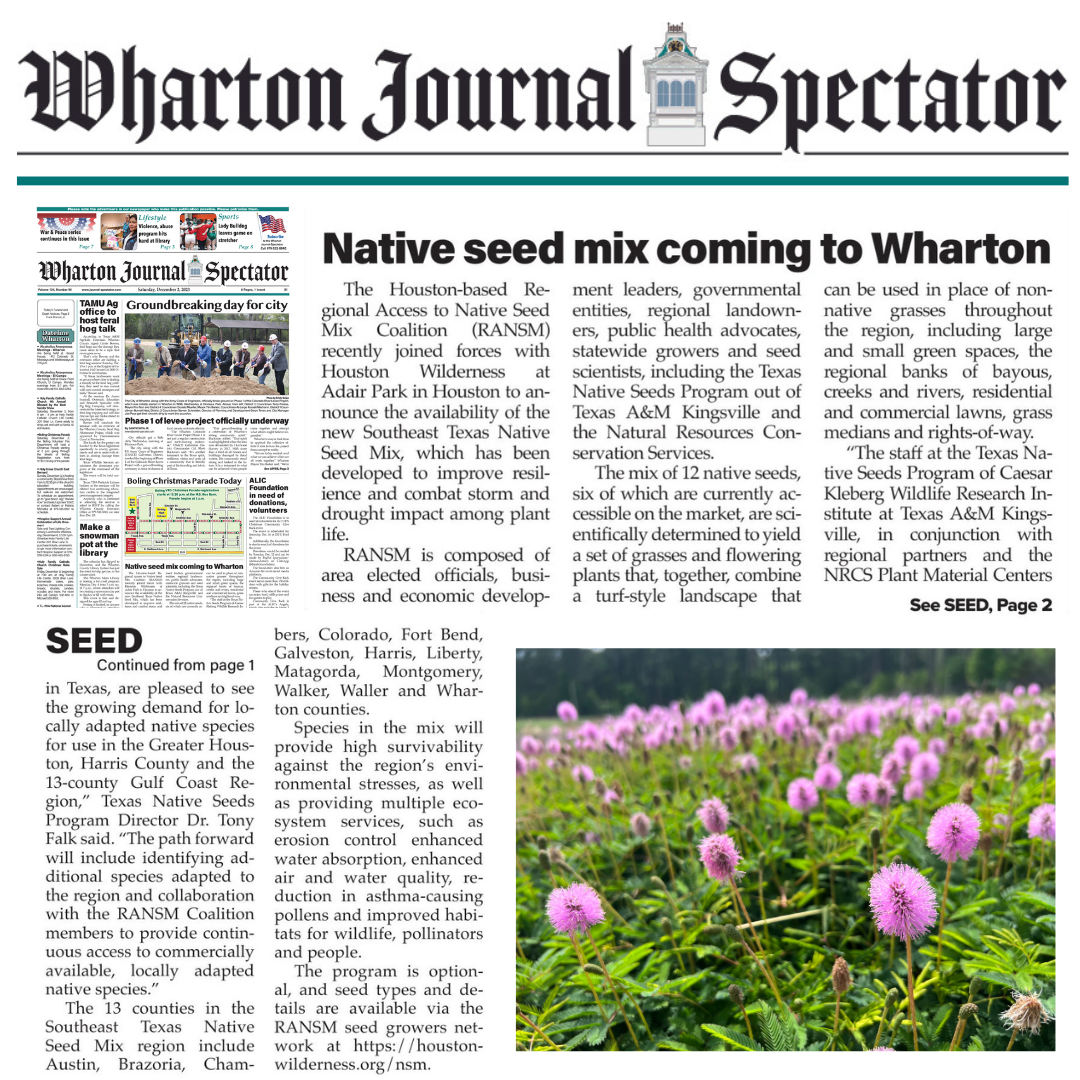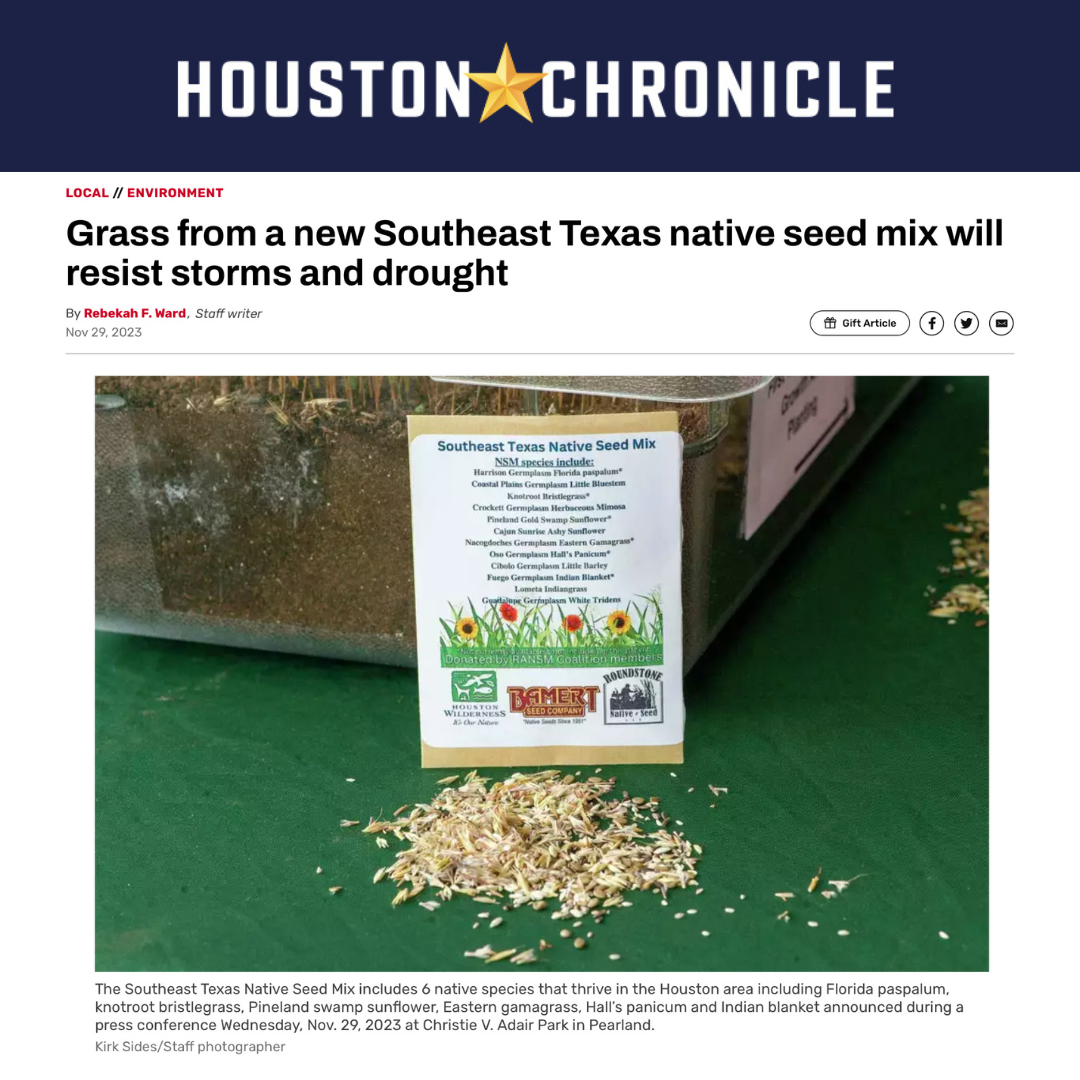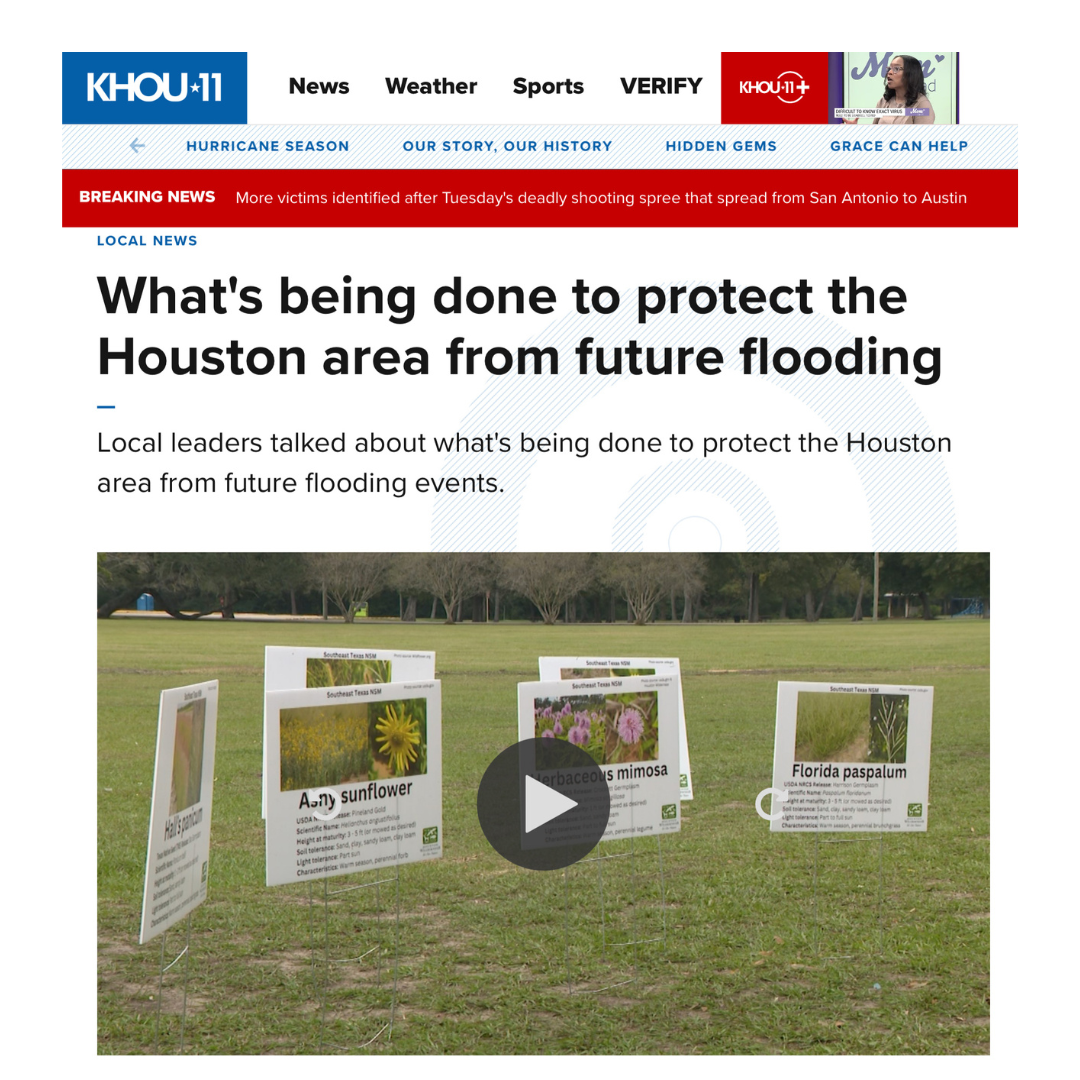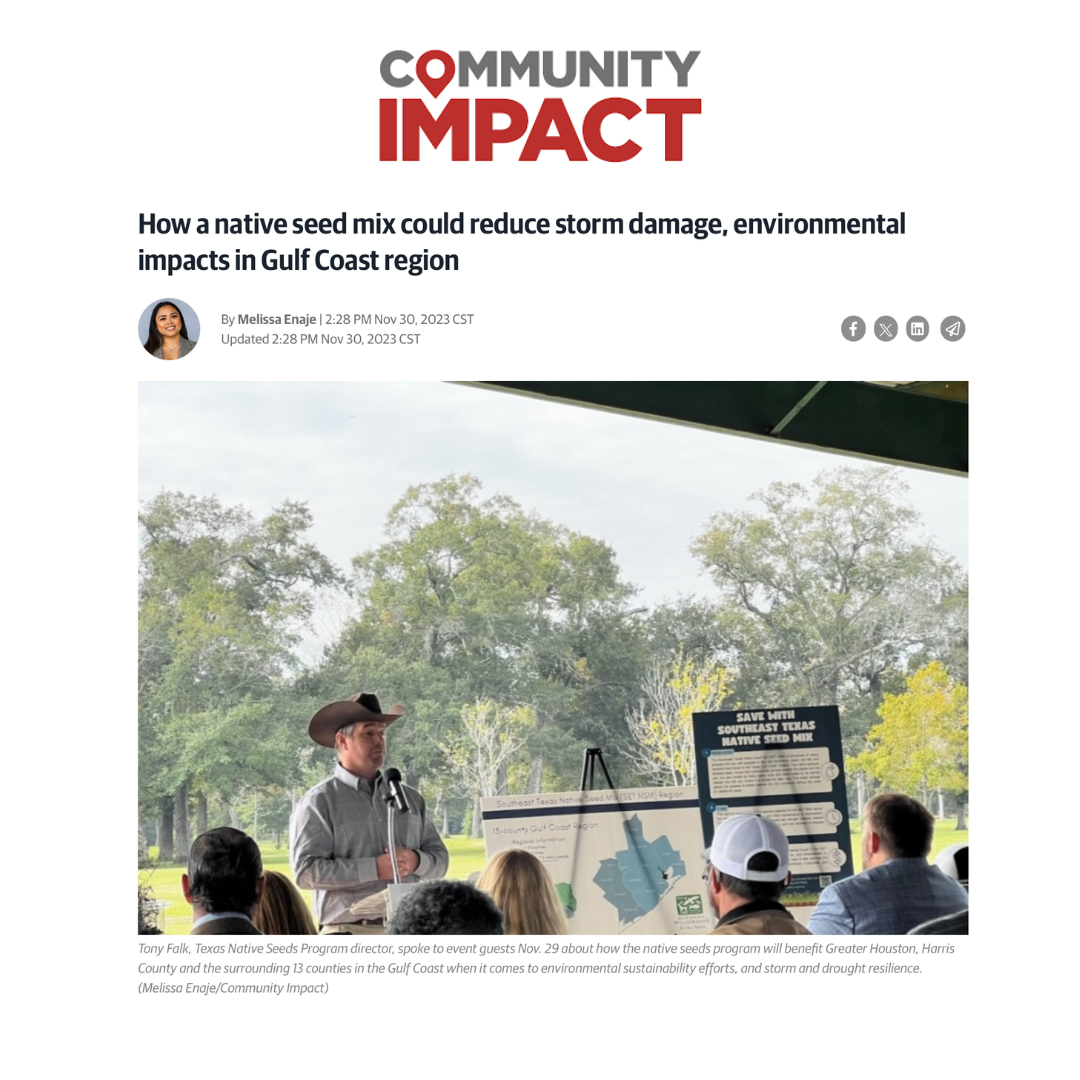ESTUARIES AND BAYS
ABOUT ESTUARIES AND BAYS
Where land becomes sea, and freshwater meets salt, is one of the most productive biological systems. Known as the “nurseries of the sea,” estuaries are the ocean’s protected areas.
As one moves toward the coast, marshes, bayous and rivers give way to flats and open water. The mixing of these waters, salt and fresh, is what sustains many varieties of Finfish, Oyster Reefs, and other Shellfish, including Shrimp and Blue Crabs.
The Galveston Bay system has lost 8,000+ acres of saltwater wetlands and 80,000+ acres of freshwater wetlands in the past 20 years. Habitat degradation has been identified as the most critical of all the problems currently facing Galveston Bay in The Galveston Bay Plan.
As transition zones between land and ocean, barrier islands support a mosaic of coastal habitats, including beaches, prairies and wetlands. These habitats host a surprising variety of wildlife. Beaches protect the mainland from storms, while the lagoons, bays and salt marshes provide crucial habitat for the life cycles of many ocean species. Raccoons, Armadillos and Marsh Rabbits roam in the Galveston Island State Park. Anglers enjoy beach or surf fishing for Spotted Seatrout, Sandtrout, Redfish, Black Drum, Croaker and Flounder.
Visitors can bike, bird-watch, camp, hike, paddle, fish, swim and more in the ecoregion.
To read more about Estuaries and Bays, download our atlas!
ESTUARY AND BAY SITES
Download Houston Wilderness' List of Ecoregion Sites for information on sites in all 10 ecoregions.
TOP 10 FACTS ABOUT...
THE ESTUARIES & BAYS
1) As frozen water from the ice age began to melt, sea level in the Gulf of Mexico rose over 200 feet and flooded river valleys that had cut into the shelf. Three of the flooded river valleys became great estuaries of the upper Texas coast: the Sabine Lake system, the Galveston Bay system and the Matagorda Bay system.
2) Sabine Lake receives its fresh water from the Sabine and Neches rivers while Galveston Bay is fed by the Trinity and San Jacinto rivers. Matagorda Bay receives inflow from both the Colorado and Lavaca rivers.
3) San Louis Pass has 20 percent of the tidal flow for all of Galveston Bay moving through it.
4) An estuary, such as Galveston Bay, converts as much carbon dioxide into plant material as does a tropical rainforest.
5) The bays of the Houston Wilderness area receive the highest inflows of any estuaries of the Texas Coast.
6) Galveston Bay is the national leader in the production of oysters while Port Arthur, Galveston and Palacios lead the Texas coast in shrimp landings.
7) Together, the Sabine Lake, Galveston and Matagorda bays provide over half of the Blue Crabs on the Texas coast.
8) Recreational fishing is a large industry in these estuaries; in Galveston Bay fishermen have the highest catch per unit of effort by sport fishermen.
9) Oysters are the best example of the adaptability of estuaries; their reefs are the center of biological diversity in our bays. Oyster reefs provide habitat for smaller fish, hunting grounds for predators and, where the reef extends above the water line, a fishing station for coastal birds.
10) Each season is a resource for new and exciting encounters with coastal birds. During the winter months, sea ducks like Mergansers and Buffleheads can be found around the bay systems along with wintering White Pelicans and native Brown Pelicans. In the spring there is nothing like seeing the nesting sites of colorful coastal birds like the roseate spoonbill.
Banner Photo by Deborah January-Bevers
